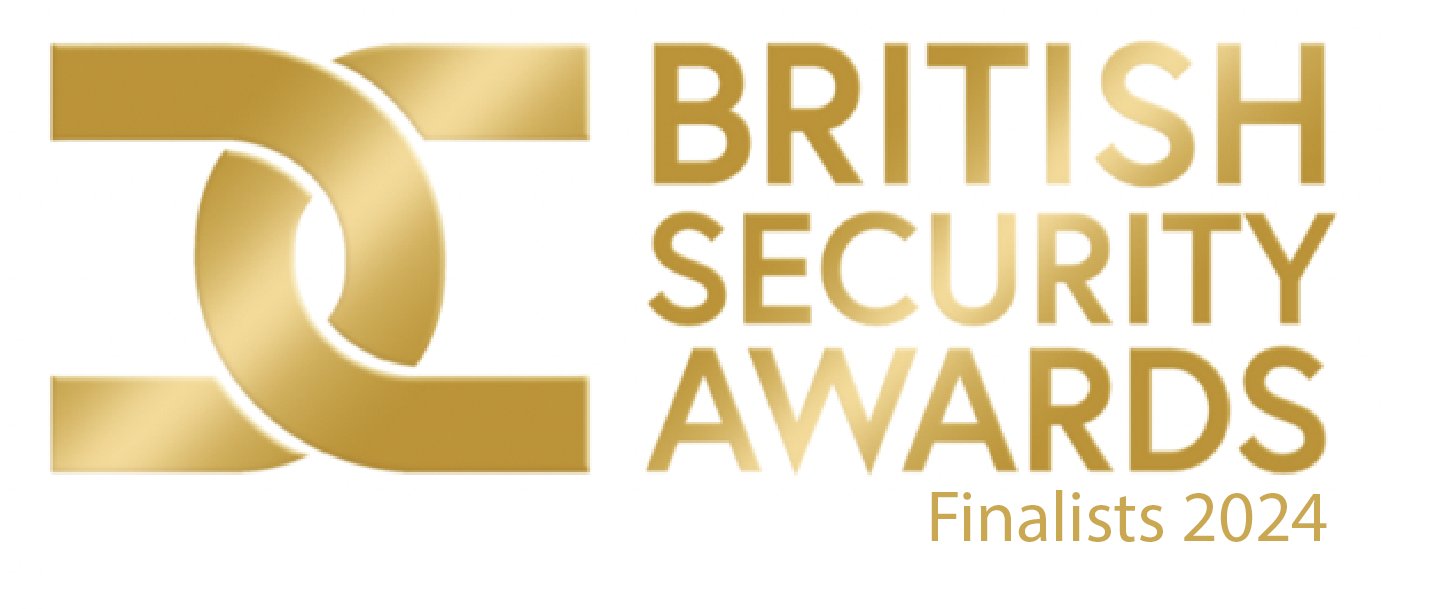The global smartcard market is expected to reach $24.4 billion by 2027 which is an accelerate increase caused by the COVID-19 pandemic. The demand for technology that reduces human physical interaction outside of the home has been shunted into the for-front of many business leaders’ minds as a solution to reducing potential points of spread of illness.
What are smart cards?
They are credit card size plastic cards embedded with a micro-controller and/or a memory chip, that will store or transect data depending on its particular function. This data is usually associated with either value, information, or both and is stored and processed within the card’s chip. Smart cards are used for many different reasons in varying settings. The uses for smart cards include identification, authentication, financial, mobile phone (SIM), data storage and application processing.
Smart cards have been widely used in the financial sector for many years now, in order for banks to offer their customer more flexibility securely. In more recent years smart cards have been applied to the transport system allowing travellers to move around more efficiently and to retail loyalty schemes.
What are the Types of Smart cards?
There are different types of smart cards based on how they are read by the card reader device;
- Contact Smart Card – the most common type of smart card and is required to be physically inserted into a card reader to work.
- Contactless Smart Card – can be read by the reader when the card is in close proximity and does not necessarily require physical contact with the reader. the communication between the card and reader happens via radio wave frequency.
- Hybrid cards – this type of card contain both contact and contactless interfaces that are not connected and can give increased range of function. This is rare type of card, not widely used.
How Do Smart card Readers work?
A device that is used to read or process
Smart cards require a reader to access the information or to process the application stored within the chip. There are 2 ways to connect to the reader;
- Physical contact readers – use electrical contacts on the card chip to connect with the reader when the card is inserted.
- Contactless readers – uses radio frequencies such as Short-range wireless connectivity (RFID) or Near field communication (NFC) to read the card when it comes into close proximity to the reader.
How are Smart Cards used in Access control?
A smart card access control system is a cost-effective security system that is used to restrict or monitor access of personal within a building/area. By using anyone of the smart card types and reader combination a security system can be designed and even customized for a business needs and requirements. Using smart cards for access control allows for higher level of security and also provides more efficient access control for employees/staff within a business. The smart card can also be used for other tasks such as time and attendance records, accessing vending machines, allowing photocopying and printing and logging onto computers.
Smart card sector is a large global market with potential for expansion. The use of smart cards in security adds benefits and reduces cost so likely to be further developed and invested in many business and manufactures alike.


















